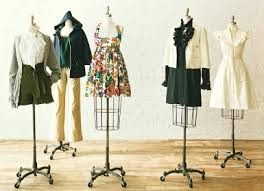regional and world clothing imports and retail demand. The report focuses in greater detail on clothing imports, retail demand and trends in five key emerging markets, namely Brazil, Chile, China, India and Russia. World clothing imports rose by 17.4% to a record high of US$431.1 bn in 2011, according to the latest global data. Imports were up in all of the world's 15 largest clothing markets while imports into 13 of these 15 markets grew at double digit rates. During the five years to 2017, retail demand for clothing is expected to grow at double digit annual average rates in Chile, China, India, Indonesia, Peru, Russia, Saudi Arabia and South Africa, while growth in the high single digits is expected in Brazil, Colombia, Poland, Thailand and Turkey.
To Know More - clothing market
To Know More - clothing market






